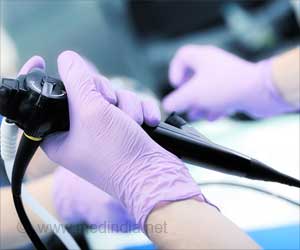'Panther', a very powerful new device based on CANARY technology is capable of detecting airborne pathogens such as anthrax and smallpox in less than three minutes.
'Panther', a very powerful new device based on CANARY technology is capable of detecting airborne pathogens such as anthrax and smallpox in less than three minutes.
The new device was developed by the researchers at MIT Lincoln Laboratory in the US.“The new device, called PANTHER (for PAthogen Notification for THreatening Environmental Releases), represents a significant advance over any other sensor,” said James Harper of Lincoln Lab's Biosensor and Molecular Technologies Group.
Current sensors take at least 20 minutes to detect harmful bacteria or viruses in the air, but the PANTHER sensors can do detection and identification in less than 3 minutes.
"There is a real need to detect a pathogen in less than three minutes, so you have time to take action before it is too late," said Harper, the lead scientist developing the sensor.
The PANTHER sensor uses a cell-based sensor technology known as CANARY (after the birds sent into mines to detect dangerous gases), and can pick up a positive reading with only a few dozen particles per liter of air.
The CANARY concept uses an array of B cells, each specific to a particular bacterium or virus. The cells are engineered to emit photons of light when they detect their target pathogen. The device then displays a list of any pathogens found.
Advertisement
The prototype sensor is about a cubic foot and weighs 37 pounds and is well suited to building-protection applications. With minor modifications, it could also enhance biological detection capabilities for emergency responders.
Advertisement
Another potential application is in medical diagnostics, where the technology could be used to test patient samples, giving rapid results without having to send samples to a laboratory.
"Instead of going to the doctor's office and waiting a few days for your test results, with CANARY you could get the results in just a minute or so," said Todd Rider of Lincoln Lab's Biosensor and Molecular Technologies Group, who invented the CANARY sensor technology.
The device could also be used in buildings, subways and other public areas, and can currently detect 24 pathogens, including anthrax, plague, smallpox, tularemia and E. coli.
Source-ANI
SUN/L






